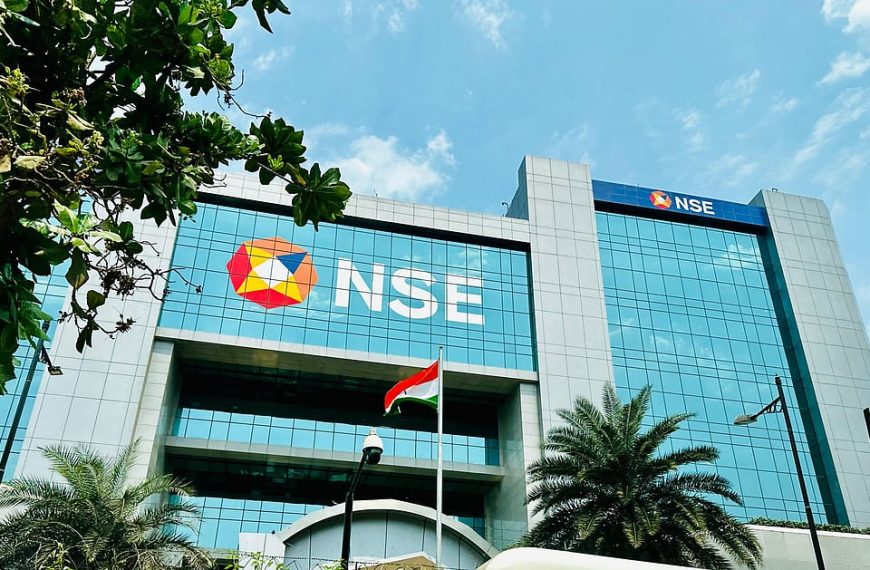The Indian stock market is currently navigating a challenging landscape, marked by notable declines since September 2024. With the Nifty 50 and Sensex witnessing drops of 14% and mid- and small-cap indices declining by 17-20%, the question on many investors’ minds is whether the worst is over. Despite the turmoil, there are opportunities on the horizon, particularly in mid and small-cap stocks within the defense, renewables, and manufacturing sectors.
Market Downturn: Analyzing the Impact
The recent downturn in the Indian equity market can be attributed to foreign investors withdrawing a staggering $29 billion since October 2024. This withdrawal has led to a significant loss of $1 trillion in market value. Historically, such corrections have often preceded market recoveries, fueled by a rebound in corporate earnings and improved investor sentiment.
- Current Market Status:
- Nifty 50: Down 14%
- Mid & Small-Cap Indices: Down 17-20%
- Foreign Investment Withdrawn: $29 billion
Potential for Recovery
Factors contributing to a potential turnaround include an anticipated rate cut by the RBI in April 2025, which could stimulate economic growth. The robust domestic liquidity in India serves as a buffer amid global uncertainties, suggesting that now might be an opportune time to explore undervalued mid and small-cap stocks.
Global Influences: The Trump Factor
U.S. President Donald Trump’s tariff policies are creating ripples across global markets, further affecting Indian equities. The imposition of tariffs on nations like China, Canada, and Mexico has led to concerns about a trade war, prompting foreign investors to reevaluate their positions in emerging markets, including India.
- Key Sectors Affected:
- Automobiles
- Pharmaceuticals
- Textiles
- Steel
Ongoing diplomatic negotiations may offer a lifeline, with Prime Minister Narendra Modi indicating a willingness to engage. As markets react to these developments, investors should remain vigilant for opportunities once stability returns.
Catalysts for Market Movement
Looking ahead, several key drivers could influence the Indian stock market:
- RBI Rate Cuts: The recent 25 basis points cut and another expected in April 2025 could make borrowing cheaper, enhancing corporate growth.
- Foreign Investor Sentiment: Despite the outflows, India’s economy is resilient, supported by strong agricultural performance and increasing consumer demand.
- Corporate Earnings: Positive Q4 results from sectors like IT and finance could restore investor confidence.
The IT sector, represented by companies like HCL Tech, TCS, Wipro, and Infosys, has shown early signs of recovery, gaining 2% in recent trading sessions.
Investment Strategy in Uncertain Times
Given the current volatility, a strategic approach to equity investment is paramount. The Nifty 50 has seen significant declines, yet much of the downturn might already be reflected in stock prices. Historically, markets tend to recover ahead of economic recovery, making it a prudent time to increase equity allocations.
- Focus on Small and Mid-Caps: These segments have been hit harder than large caps, presenting attractive valuation opportunities.
- Proxy Play Strategy: Instead of investing heavily in overvalued giants, consider supporting industries. For instance:
- In the EV sector, target battery manufacturers and charging infrastructure.
- In defense, explore precision engineering and electronics suppliers.
Anticipating Q4 Earnings
As Q4FY25 approaches, investor expectations are mixed. While ICRA predicts 7-8% revenue growth driven by rural demand and government spending, challenges remain. The GDP growth of 6.2% in Q3FY25 fell short of projections, highlighting ongoing economic hurdles.
- Key Opportunities:
- Mid and small-cap stocks in sectors like defense and renewables may present promising long-term bets.
Future Outlook for Investment Trends
The trend of foreign portfolio investment is concerning, with a net outflow of $28 billion since late 2024. However, India’s strong economic fundamentals and the potential for corporate earnings recovery may eventually attract foreign investments back.
Analysts forecast potential FPI inflows of $20-25 billion in FY2025 if earnings improve and global risk appetite increases.
Implications of U.S. Federal Reserve Policies
The Federal Reserve’s recent decision to keep interest rates steady reflects a cautious stance amid rising inflation and slower growth. For investors, this indicates a continued period of elevated borrowing costs, likely affecting corporate spending and market stability.
- Investment Considerations:
- Focus on sectors like financials and infrastructure that could provide stability under current economic conditions.
RBI Rate Cut Predictions
With a recent 25 basis points cut, the RBI may implement another reduction in April, responding to cooling inflation and slowing growth. While aggressive cuts are unlikely, any easing could positively impact equity markets, especially in sectors reliant on credit.
Investors should remain aware of the global economic landscape as they strategize their portfolios, ensuring they are well-positioned to capitalize on emerging trends and recoveries in the market.











